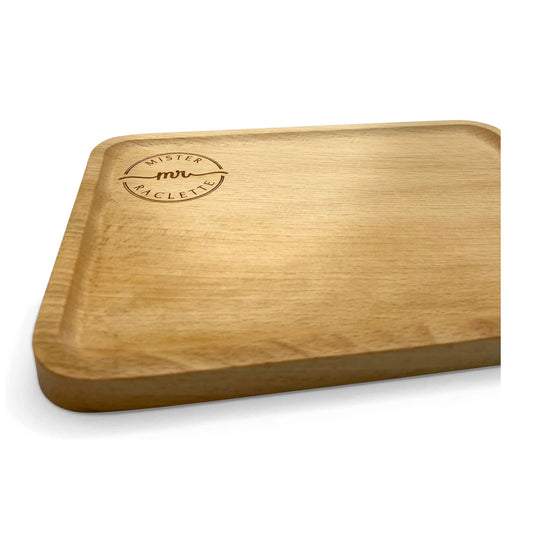Quality control of raclette cheese: The key steps
Quality control of raclette cheese

The cheese raclette, this friendly and iconic dish, is much more than just a dish. He embodies a rich cultural and food heritage, born in the alpine valley. Its manufacture, which combines tradition and know-how, is subject to rigorous quality controls. These controls are essential, as they ensure not only the characteristic flavor and texture of raclette, but also compliance with health standards and consumer expectations. Therefore, in this article we will explore in detail the key steps and criteria that define the quality control of raclette cheese, thus ensuring its authenticity and exceptional quality.
The origins of the cheese raclette and its heritage
The raclette, originally from Swiss Alps , Is a cheese that has gone through the centuries. Its name comes from the French verb "racler", reflecting the traditional way of consuming it: rapped and melted. The cheese raclette has become a symbol of conviviality, bringing family and friends together over a warm meal. This cheese, once the food of peasants and shepherds, is now appreciated worldwide for its melting texture and its rich taste, testimony to a heritage preserved over generations.
The fundamental quality criteria
The Cheese Raclette must meet strict quality criteria to deserve its name. These criteria include a smooth texture, distinct taste and a homogeneous consistency. The quality begins as soon as the milk is selected, which must be rich, pure and come from well-fed cows. Controllers carefully monitor every step of the making, from milk coding to cheese refining, to ensure that all raclette wheels meet the high standards of controlled designations of origin.
Milk analysis: crucial first step
The making of raclette cheese begins with a crucial analysis of milk. We carry out rigorous tests to assess its quality, in particular its fat content, its purity and the absence of contaminants. This step ensures the use of optimal milk to produce a raclette cheese of the best possible quality. Regular checks are also carried out to maintain this consistent quality throughout the production process.
Manufacturing process and quality control points
The process of making raclette cheese is an art that requires precision and attention. Thus, at each stage, we establish checkpoints to monitor and maintain quality. In addition, we look at every phase, from milk coating to cellar refining, to ensure that the cheese reaches the required standards. In addition, we evaluate the texture, aroma, color and integrity of the crust, to ensure a high quality final product.
With regard to the standards and regulations in force, the production of cheese raclette is subject to strict standards and regulations. Indeed, these regulations cover everything, from the conditions of breeding cows to the methods of making cheese. They guarantee not only the quality but also the traceability and safety of the product. Finally, by respecting these standards, producers preserve the integrity of raclette cheese and ensure its recognition on the international market.
Role and Responsibilities in Quality Control
The quality control of raclette cheese involves different actors, each with specific roles and responsibilities. From milk producers to refiners, including certification bodies, each worker plays a crucial role in the production chain. This collaboration ensures that every piece of raclette that arrives at the consumer's table is not only delicious but also safe and of superior quality.
Modern quality control techniques
With the advancement of technologies, the quality control methods of raclette cheese have evolved. Today, modern techniques such as spectrometry and chromatography are used to analyze the composition of cheese. These tools enable accurate and rapid evaluation, helping to maintain high quality standards while optimizing the production process.
Impact of quality control on consumption

Quality control has a direct impact on the consumer experience. A top-quality raclette cheese offers a more rich experience and contributes to customer recovery. In addition, compliance with quality standards strengthens consumer confidence in the product.
Conclusion: the importance of quality control for cheese raclette
In conclusion, it can be said that quality control is essential in the production of raclette cheese. It not only guarantees compliance with sanitary and taste standards, but also contributes to the preservation of the authenticity and cultural heritage of this iconic product. The raclette producers are committed to maintaining these high standards, thus ensuring the perpetuation of this unique culinary tradition.









